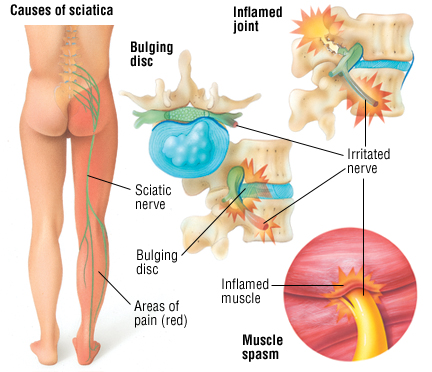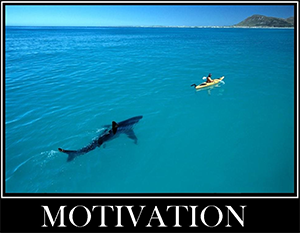

There are many people who need back and neck surgery but are afraid of it. Many have heard horror stories of severe pain, long recovery periods and even those who have become paralysed. There is however technology currently available that addresses these concerns. It is true however that these methods are available from some neurosurgeons/spine surgeons worldwide; those who have listened to patients and understood their needs have been working hard to find solutions that are minimally painful, allow quick recovery and are effective treatments.
These solutions include but are not limited to several of the following:
1.Percutaneous Plasma Energy Discoplasty
2.Percutaneous Endoscopic Laser Disectomy-PELD
3.MicroDisectomy
4.Endoscopic Disectomy
5.Microsurgical Discetomy with Dynamic Implants
6.MicroEndoscopic Discectomy-MED
7.Microsurgical Spinal Decompression
8MicroEndoscopic Spine Microsurgery- MESM
9.Percutaneous Disc Regeneration Technology
10.Endoscopic Disc Replacement
11.Microsurgical Disectomy and disc replacement
12.Minimally Invasive Spine Fusion and Instrumentation
Some of these options allow the patient to arrive at a day surgery center, have the procedure under iv sedation and local anesthesia (no general anesthesia) and leave within a few hours of a fairly short procedure. Most patients walk out of the center themselves and can return to work in a few days.
Unlike taking pain medications or pain injections; these procedures do address the root of the problem. They allow reduction in nerve pressure and therefore can prevent ongoing or future nerve damage. Spinal nerves especially the spinal cord, cannot be effectively replaced at this point in time. Stem cell treatment is still experimental and not consistently successful. Taking away spine nerve pressure to reduce the risk of spine nerve injury is still the best strategy.
These procedures are also evolving and becoming more successful with experience, technology and the passage of time. Many of us who are Minimally Invasive Spine Surgeons believe that more spine doctors need to know and be trained to do these procedures. An informed patient can also help to accelerate these changes worldwide by insisting on the latest and least invasive spine treatments.
References
Dr Prem Pillay, Singapore Spine Specialist and Neurosurgeon
Neuro Spine and Pain Center Singapore
These solutions include but are not limited to several of the following:
1.Percutaneous Plasma Energy Discoplasty
2.Percutaneous Endoscopic Laser Disectomy-PELD
3.MicroDisectomy
4.Endoscopic Disectomy
5.Microsurgical Discetomy with Dynamic Implants
6.MicroEndoscopic Discectomy-MED
7.Microsurgical Spinal Decompression
8MicroEndoscopic Spine Microsurgery- MESM
9.Percutaneous Disc Regeneration Technology
10.Endoscopic Disc Replacement
11.Microsurgical Disectomy and disc replacement
12.Minimally Invasive Spine Fusion and Instrumentation
Some of these options allow the patient to arrive at a day surgery center, have the procedure under iv sedation and local anesthesia (no general anesthesia) and leave within a few hours of a fairly short procedure. Most patients walk out of the center themselves and can return to work in a few days.
Unlike taking pain medications or pain injections; these procedures do address the root of the problem. They allow reduction in nerve pressure and therefore can prevent ongoing or future nerve damage. Spinal nerves especially the spinal cord, cannot be effectively replaced at this point in time. Stem cell treatment is still experimental and not consistently successful. Taking away spine nerve pressure to reduce the risk of spine nerve injury is still the best strategy.
These procedures are also evolving and becoming more successful with experience, technology and the passage of time. Many of us who are Minimally Invasive Spine Surgeons believe that more spine doctors need to know and be trained to do these procedures. An informed patient can also help to accelerate these changes worldwide by insisting on the latest and least invasive spine treatments.
References
Dr Prem Pillay, Singapore Spine Specialist and Neurosurgeon
Neuro Spine and Pain Center Singapore


